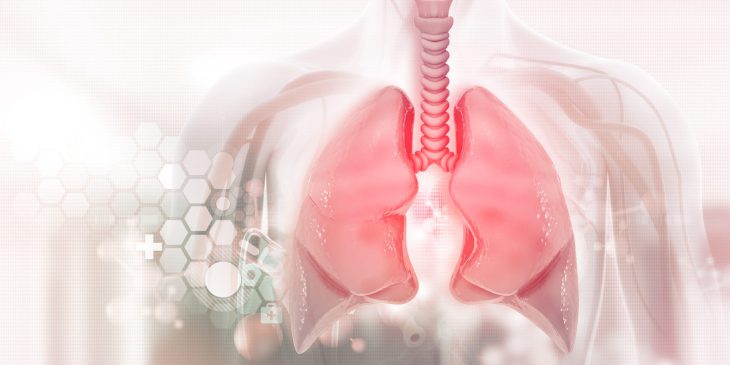For two decades, Dr. Sally Wenzel has worked to bring precision medicine to asthma, publishing extensively on the disease’s many underlying genetic and molecular causes. Recently, we caught up with the internationally recognized physician-scientist to discuss her latest findings, which were published in Nature Communications on July 10. Wenzel is chair of the University of Pittsburgh School of Public Health’s Department of Environmental and Occupational Health and director of Pitt’s Asthma and Environmental Lung Health Institute.

Dr. Sally Wenzel
What is asthma?
Sally Wenzel: Asthma is a very common chronic lung disease, particularly involving the airways/bronchial tubes. It occurs across all ages and is associated with a range of symptoms like shortness of breath, wheezing and coughing, sometimes with phlegm. While it is often considered a nuisance, in some patients it is very severe and life-threatening. There is no cure.
What was the genesis of the study?
SW: We and others noticed that, compared to healthy people, those with asthma have very profound differences in the cells of the airways’ lining, called the epithelium. One difference is that these cells show signs of damage from what’s known as oxidative stress—an imbalance of free radicals and antioxidants. In asthmatic conditions, this is driven by activation of specific phospholipids (types of fats), leading to activation of a cell-survival pathway called autophagy—a kind of recycling process that breaks down cellular parts to be repurposed.
In this new paper, we wondered whether some of the stress we were seeing in the cells of patients with asthma was related to changes in the mitochondria—the engines that fuel almost all living cells. Mitochondria supply the power for cells to proliferate, make proteins and differentiate.
In the bronchial tubes, cells in the lining express short, hair-like structures, called cilia, which move together in a sweeping motion to clear the airways of debris and microbes. Mitochondria power this housekeeping, too, which is important in protecting the lungs from infection and breathing problems.
For many years, we’ve been studying a cell-death pathway called ferroptosis. In this new study, we were curious if ferroptosis was activated in asthma and asthma-like conditions, leading to mitochondrial damage, which would prevent the development and function of these ciliated cells.
Further, we hypothesized that the autophagy we were seeing was actually occurring in mitochondria. While recycling mitochondria could be helpful, we realized this activity could also be contributing to the plight of those very stressed-out cells in the epithelium. Could these mitochondrial changes be contributing to removing, or even killing, the housekeeping ciliated cells?
What were your findings?
SW: We used human airway epithelial cells obtained from patients with asthma and healthy people in a procedure called bronchoscopy. Culturing the cells and observing them in action, we found that in asthma, ferroptosis targeted mitochondria for destruction which, in turn, interfered with the development of ciliated cells. These same ciliated cells were lost in patients with severe asthma, in conjunction with mitochondrial damage. The degree of loss was strongly related to the severity of obstruction in the bronchial tubes in people with asthma.
It seems that mitochondrial changes are central to the development of the abnormal epithelium observed in asthma—and that’s quite a novel finding.
How might this knowledge be used in the clinic to improve patient outcomes?
SW: These mitochondrial changes, and the factors contributing to them, should offer new targets for potential asthma therapies. Improving mitochondrial health, or even preventing the initiation of the damage, could prevent the development of asthma and improve asthma outcomes.
What are next steps for this work?
SW: We are trying to better understand what is happening to the mitochondria, how widespread the damage is and whether factors like smoking, pollution and viruses aggravate it. In the case of viruses, these damaging processes could be hijacked to increase viral replication and lead to exacerbations of asthma that we see so commonly in children and adults with this chronic illness.









